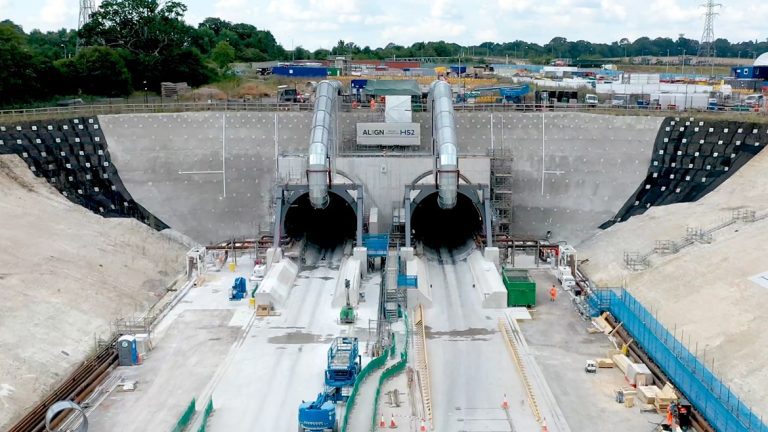Manor Interiors, the expert in build-to-rent furnishing solutions, has revealed which major UK cities offer the best opportunities for build to rent developers based on the highest levels of apartment living vs the rest of the rental market. Build to rent is designed for people who are looking for a modern way of life; city living with a focus on community and amenities. Therefore, UK cities where city-centre flat-living is already prevalent present the best opportunity for the BTR sector as they are already primed for a build to rent revolution. In the UK and on average, flats account for 64% of all properties currently available to rent, a national average that a good number of UK cities make look very small indeed. The city in which flats have the biggest rental market share is Edinburgh. Of 562 properties currently available for rent, 505, or 90%, are flats. This, therefore, suggests that flat-living is a key focus of demand for Edinburgh residents and presents a prime opportunity for the build to rent industry. Scotland’s second city, Glasgow, also comes second on the list as flats account for 89% of the properties currently available to rent in the city. Using Rentola Glasgow is sure way to find the best place to live. London is third with flats accounting for 88% of the 45,285 currently available rent, while in Newcastle, flats make up 79% of the market. Bournemouth currently has just 508 properties on the rental market and 385 of them, or 76% are flats, while in Manchester, flats account for 73% of the market. The rest of the UK cities in which flats have an above-average market share are Sheffield (68%), Bradford (67%), Nottingham (66%), Cardiff (65%), and Liverpool (64%). There are a number of UK cities in which flats have a below-average market share, most notably Leeds (39%), Swansea (43%), and Portsmouth (48%) – the only three cities where flats account for less than half of the rental market. CEO of Manor Interiors, Farhan Malik, commented: “Flat living is the clear choice for many city-dwellers and a high propensity for renting apartments means many of our major cities are already primed and ready for the build to rent to revolution. In some cases as many as 90% of all properties are flats and apartments, so the desire for urban living is clear and build to rent is helping to accommodate this demand with fit for purpose developments targeted towards the modern tenant. “Build to rent developments offer a step above the standards of your typical private rental flat, a step up in sophistication and quality and, perhaps most of all, a superior tenant experience. We expect the sector to continue to establish a strong foothold as it has already done in London in particular, and developers can be confident that demand will be high.” Table shows what % of the rental market flats account for in major UK cities, listed from highest % to lowest Location Total – rental properties Flats – rental properties Flat rental stock % Edinburgh 562 505 90% Glasgow 752 667 89% London 45,285 39,675 88% Newcastle 1,407 1,116 79% Bournemouth 508 385 76% Manchester 3,720 2,718 73% Sheffield 1,339 905 68% Bradford 340 227 67% Nottingham 1,985 1,304 66% Cardiff 841 549 65% Liverpool 1,805 1,148 64% Bristol 1,094 667 61% Leicester 2,162 1,269 59% Sunderland 527 292 55% Southampton 1,179 635 54% Birmingham 3,665 1,891 52% Portsmouth 1,081 524 48% Swansea 151 65 43% Leeds 3,030 1,172 39% United Kingdom 145,689 92,838 64% Source – Rightmove










